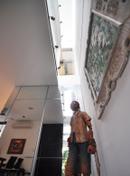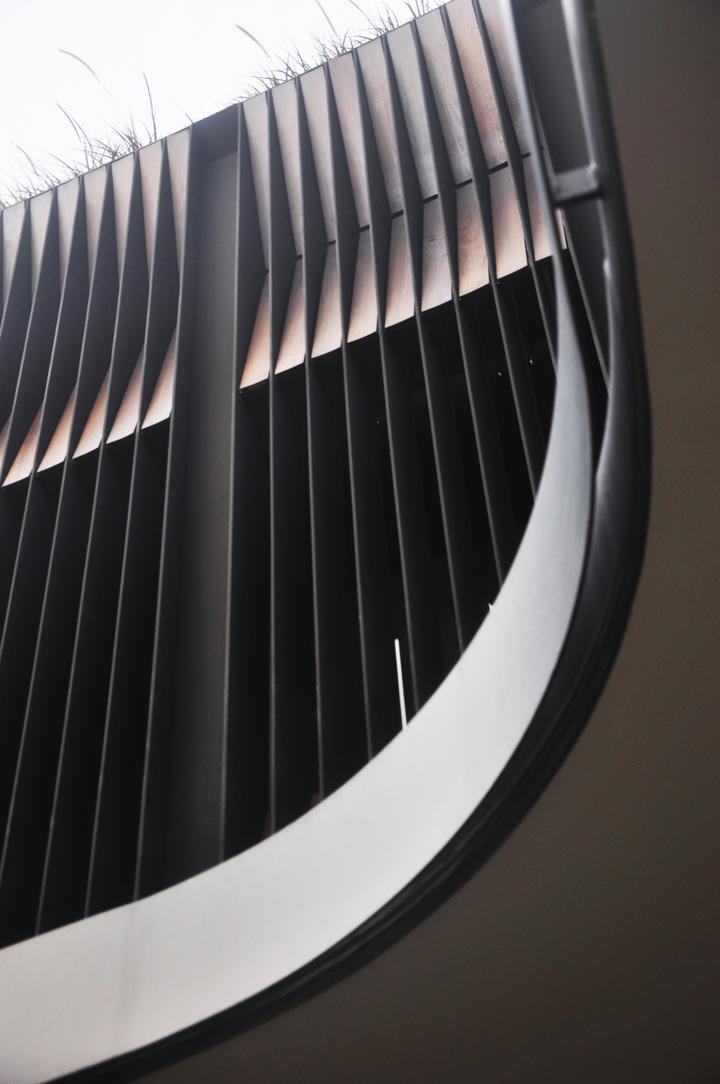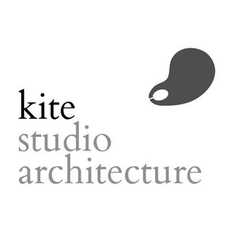1 / 15















Project Details
A typical 2-storey semi-detached house built in the 70s was to be given a new lease of life with the Client’s changing and growing needs. Besides fulfilling the need for more habitable and purpose-built spaces, the new design had to address the fundamental contextual issues that had been plaguing the existing house.
As the plot of land is within the 3-storey residential planning pocket, we added an additional floor to the existing structure. This floor is to house an art studio with ample storage, a TV/guestroom and roof terraces. The art studio must allow abundant north light in.
Much of the walls would be required for the display of Client’s artworks. Niches and purpose-built recesses were to be incorporated for the display of collectibles and sculptures.
The front of the house is west-facing. Hence there was a perennial problem of trying to reduce glare and heat gain, especially at rooms facing the front. Front balcony and verandah were rendered useless during hot weather.
Part of the brief was also to explore ways to enlarge some of the spaces, including the kitchen and master bedroom. Existing foot print of house was based on a typical design of the houses in the area. Much opportunities to be tapped to maximise the potential of site. However, a balance is to be sought so that the new form would not look overbuilt and insensitive to its surrounding neighbours. A lift to serve all floors is also to be inserted in the new design. The lift is to be a light structure that would not be too imposing.
With the addition of the 3rd floor, the new structure that is to brace the existing must be carefully designed to avoid disturbing the existing structural integrity. Here, the strategy is to introduce new structural elements mainly at the building perimeter. Additionally, existing beams and floor slabs are to be strengthen to accommodate the new load.
Fair-faced brick cavity wall is introduced at the side. This further cushions heat gain and at the same time echo the fair-faced brick rendering of the old house. At the west-facing front, deep steel sections and profiled timber slats make up the front sun-shading device. An air pocket separates this front louvers from the windows, providing additional heat insulation to the master bedroom.
A new airwell is carved out to bring in much needed light into the spaces that were once dark. At the same time, the triple volume space doubles up as an art wall, enhancing the entrance and circulation spaces. The air-art-well also provides a backdrop for some the spaces at the upper floors, bringing light and colours in.
Besides this feature, the reconstruction exercise also incorporates other means of bringing light and air into the spaces. These are articulated by introducing pockets of recessed greenery, layered windows and a main clerestory.
The spatial arrangement of the house is to be retained but the experience is enhanced. This familiarity is important to the Client and her family as the spaces bear important history and meaning. The refurbishment exercise takes special attention to this, and attempts to enhance these spaces with elements that heighten spatial quality, using light, material and texture. Old timber slats from the previous fit-outs are reused as wall cladding. Fair-faced bricks are used to echo the building’s past and at the same time connect the family’s affection toward the bricks of the old house. Special corners and spaces are bathed with natural light and adorned with custom-made artwork.
The new building skin is designed to reduce heat gain all around passively. At the west -facing front, there is an air gap between windows and louvers, and these louvers are effective sun-shading device with deep steel sections and profiled timber slats.
New windows are strategically introduced throughout the entire house to maximize cross ventilation without increasing heat penetration. These are carefully coordinated with the design of the new façade.
The new triple-volume light and air well also play a part in providing cross ventilation. The window at the top of this airwell allows hot air to escape, creating air movement throughout the common spaces. ‘Pot holes’ seen above the staircase actually house turbine roof exhaust fans that extract hot air without the need of electricity.A typical 2-storey semi-detached house built in the 70s was to be given a new lease of life with the Client’s changing and growing needs. Besides fulfilling the need for more habitable and purpose-built spaces, the new design had to address the fundamental contextual issues that had been plaguing the existing house.
As the plot of land is within the 3-storey residential planning pocket, we added an additional floor to the existing structure. This floor is to house an art studio with ample storage, a TV/guestroom and roof terraces. The art studio must allow abundant north light in.
Much of the walls would be required for the display of Client’s artworks. Niches and purpose-built recesses were to be incorporated for the display of collectibles and sculptures.
The front of the house is west-facing. Hence there was a perennial problem of trying to reduce glare and heat gain, especially at rooms facing the front. Front balcony and verandah were rendered useless during hot weather.
Part of the brief was also to explore ways to enlarge some of the spaces, including the kitchen and master bedroom. Existing foot print of house was based on a typical design of the houses in the area. Much opportunities to be tapped to maximise the potential of site. However, a balance is to be sought so that the new form would not look overbuilt and insensitive to its surrounding neighbours. A lift to serve all floors is also to be inserted in the new design. The lift is to be a light structure that would not be too imposing.
With the addition of the 3rd floor, the new structure that is to brace the existing must be carefully designed to avoid disturbing the existing structural integrity. Here, the strategy is to introduce new structural elements mainly at the building perimeter. Additionally, existing beams and floor slabs are to be strengthen to accommodate the new load.
Fair-faced brick cavity wall is introduced at the side. This further cushions heat gain and at the same time echo the fair-faced brick rendering of the old house. At the west-facing front, deep steel sections and profiled timber slats make up the front sun-shading device. An air pocket separates this front louvers from the windows, providing additional heat insulation to the master bedroom.
A new airwell is carved out to bring in much needed light into the spaces that were once dark. At the same time, the triple volume space doubles up as an art wall, enhancing the entrance and circulation spaces. The air-art-well also provides a backdrop for some the spaces at the upper floors, bringing light and colours in.
Besides this feature, the reconstruction exercise also incorporates other means of bringing light and air into the spaces. These are articulated by introducing pockets of recessed greenery, layered windows and a main clerestory.
The spatial arrangement of the house is to be retained but the experience is enhanced. This familiarity is important to the Client and her family as the spaces bear important history and meaning. The refurbishment exercise takes special attention to this, and attempts to enhance these spaces with elements that heighten spatial quality, using light, material and texture. Old timber slats from the previous fit-outs are reused as wall cladding. Fair-faced bricks are used to echo the building’s past and at the same time connect the family’s affection toward the bricks of the old house. Special corners and spaces are bathed with natural light and adorned with custom-made artwork.
The new building skin is designed to reduce heat gain all around passively. At the west -facing front, there is an air gap between windows and louvers, and these louvers are effective sun-shading device with deep steel sections and profiled timber slats.
New windows are strategically introduced throughout the entire house to maximize cross ventilation without increasing heat penetration. These are carefully coordinated with the design of the new façade.
The new triple-volume light and air well also play a part in providing cross ventilation. The window at the top of this airwell allows hot air to escape, creating air movement throughout the common spaces. ‘Pot holes’ seen above the staircase actually house turbine roof exhaust fans that extract hot air without the need of electricity.Read MoreHide
Area Size
436m²
Year of Completion
2015
Interior Style
Modern
Works included
Carpentry
Flooring
Hacking
Tiling
False Ceiling
Aircon
Electrical Rewiring
Plumbing
Feature Wall
Painting
















